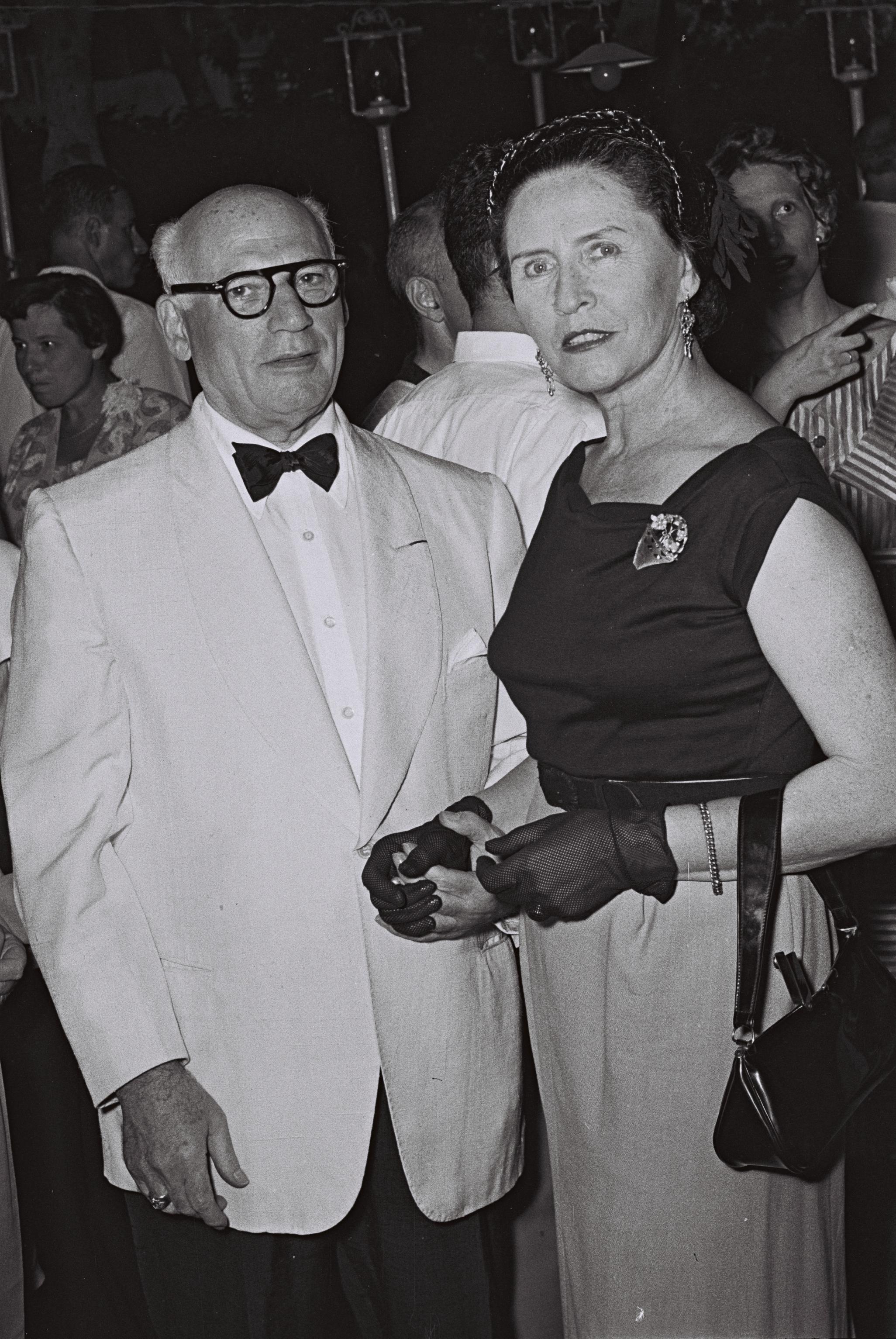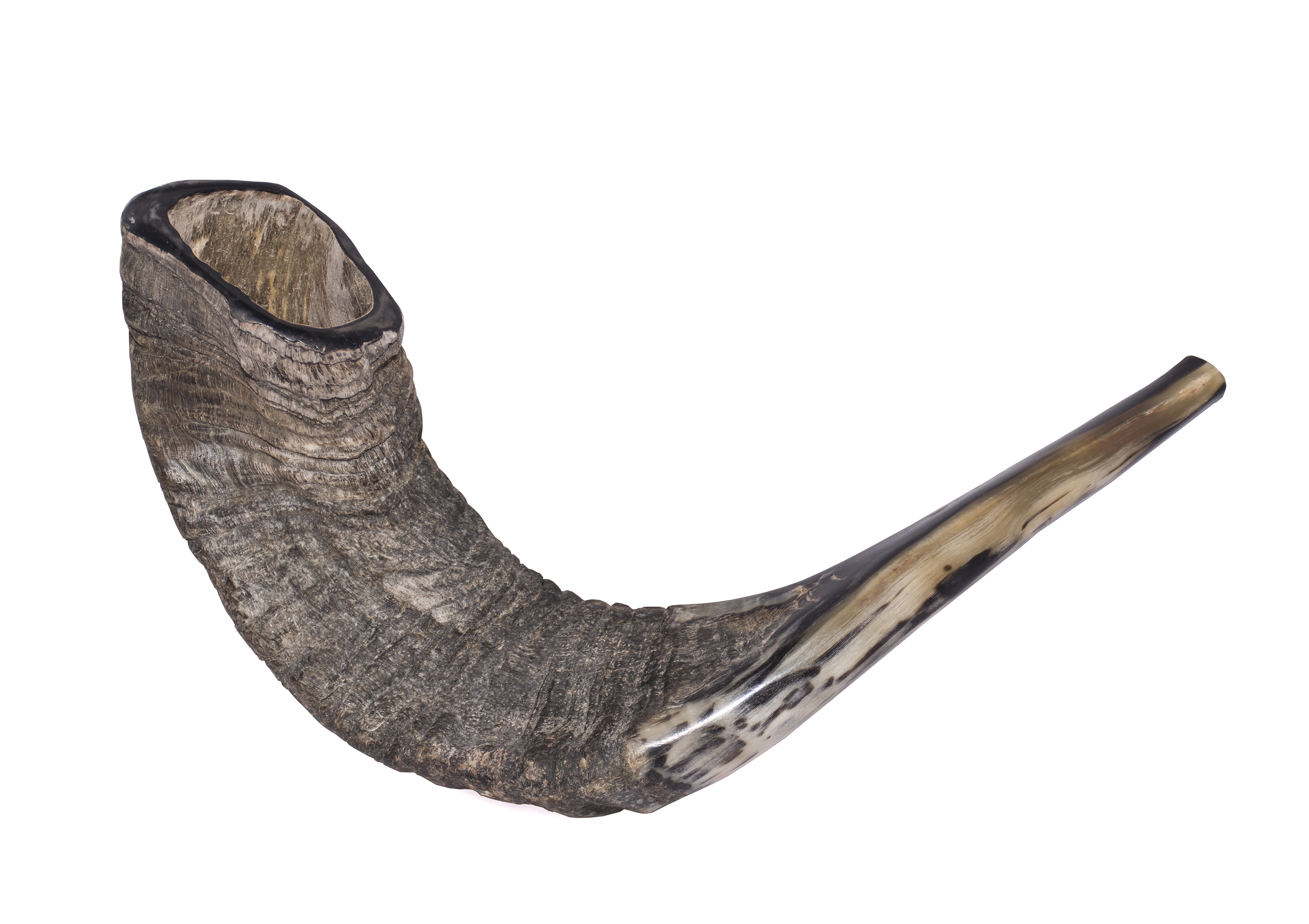|
The Dybbuk
''The Dybbuk'', or ''Between Two Worlds'' (, trans. ''Mezh dvukh mirov ibuk'; , ''Tsvishn Tsvey Veltn – der Dibuk'') is a play by S. An-sky, authored between 1913 and 1916. It was originally written in Russian and later translated into Yiddish by An-sky himself. ''The Dybbuk'' had its world premiere in that language, performed by the Vilna Troupe at Warsaw in 1920. A Hebrew version was prepared by Hayim Nahman Bialik and staged in Moscow at Habima Theater in 1922. The play, which depicts the possession of a young woman by the malicious spirit – known as '' dybbuk'' in Jewish folklore – of her dead beloved, became a canonical work of both Hebrew and Yiddish theatre, being further translated and performed around the world. Characters * Leah, daughter of Sender, a maiden who had come of age and yet her father constantly rejects her suitors * Khanan, a poor Yeshiva student enamored with Leah, who is rumored to practice forbidden Kabbalah * Sender, son of Henya, a rich m ... [...More Info...] [...Related Items...] OR: [Wikipedia] [Google] [Baidu] [Amazon] |
Hanna Rovina
Hanna Rovina (; 15 September 1888 – 3 February 1980), also Robina, was an Israeli actress. She is often referred to as the "First Lady of Hebrew Theatre". Biography Hana Rovina was born in Byerazino, in the Igumensky Uyezd of the Minsk Governorate of the Russian Empire (present-day Belarus), to David Rubin, a timber merchant and Sarah-Rivka Rubin. She had one sister, Rahel and one brother, Zvi. She trained as a kindergarten teacher at a course for Hebrew-speaking kindergarten teachers in Warsaw (prior to the First World War). She had a daughter, Ilana, born in 1934, with the Hebrew poet Alexander Penn. Acting career She began her acting career at the "Hebrew Stage Theatre" of Nahum Tzemach. She joined Habima Theatre in 1917 just as it was being launched, and participated in its first production, a play by Yevgeny Vakhtangov. She became famous for her role as Leah'le, the young bride who is possessed by a demon in ''The Dybbuk'' by S. Ansky. In 1928, Rovina and the ... [...More Info...] [...Related Items...] OR: [Wikipedia] [Google] [Baidu] [Amazon] |
Rebbe
A Rebbe () or Admor () is the spiritual leader in the Hasidic movement, and the personalities of its dynasties.Heilman, Samuel"The Rebbe and the Resurgence of Orthodox Judaism."''Religion and Spirituality (Audio)''. UCTV, 20 Oct 2011. web. 31 Jul 2013. The titles of Rebbe and Admor, which used to be a general honorific even before the beginning of the movement, became, over time, almost exclusively identified with its Tzadikim. Usage Today, ''rebbe'' is used in the following ways: # Rabbi, a teacher of Torah: Yeshiva students or '' cheder'' (elementary school) students, when talking to their teacher, would address him with the honorific ''Rebbe'', as the Yiddish-German equivalent to the Hebrew word ''rabbi'' ( ' ). # Personal mentor and teacher: A person's main Rosh Yeshiva, Yeshiva teacher, or mentor, who teaches him or her Talmud and Torah and gives religious guidance, is referred to as ''rebbe'' (),''Oxford Dictionary of English'', ''Merriam-Webster's Collegiate Dictio ... [...More Info...] [...Related Items...] OR: [Wikipedia] [Google] [Baidu] [Amazon] |
Horace Günzburg
Horace Osipovich (Naftali-Gerts) Günzburg (; 8 February 1833 – 2 March 1909), 2nd Baron Günzburg, was a Russian philanthropist. Rise to prominence He was born in Zvenigorodka. Günzburg received his education at home in Zvenigorodka. After the Crimean War, his father, Joseph Günzburg, then a wealthy merchant and army contractor, settled with his family in St. Petersburg. Günzburg first came before the public in 1863 as one of the founders of the Society for the Promotion of Culture among the Jews of Russia, Society for the Spread of Enlightenment among the Jews of Russia, the only society of the kind in Russia. He was one of the charter members of the society, and after the death of his father in 1878 succeeded him in the presidency. He was the largest contributor to its support and one of its most energetic workers. The work which made him so widely popular among the Jews was his unremitting effort, in which frequent appeals to the Russian government were involved, toward ... [...More Info...] [...Related Items...] OR: [Wikipedia] [Google] [Baidu] [Amazon] |
Jewish Ethnographic Expedition
The Jewish Ethnographic Expedition (1912–1914) was a project to document and preserve the traditional Jewish culture of the Pale of Settlement, a region in the Russian Empire where Jews were legally restricted to live. Led by the writer and social activist S. An-sky, the expedition was motivated by concerns that the modernization of Eastern European Jewish life was rapidly erasing centuries-old customs, folklore, and religious practices. The Pale of Settlement, home to millions of Jews, was seen as a critical area for capturing authentic Jewish traditions that had been largely insulated from the influences of urbanization and assimilation. The expedition, funded primarily through Jewish philanthropic efforts, sought to create a comprehensive ethnographic record. An-sky and his team, which included musicians, photographers, and students, traveled across Ukraine, visiting approximately 60–70 shtetls (small Jewish towns). They collected thousands of artifacts, including ritual obje ... [...More Info...] [...Related Items...] OR: [Wikipedia] [Google] [Baidu] [Amazon] |
Shofar
A shofar ( ; from , ) is an ancient musical horn, typically a ram's horn, used for Jewish ritual purposes. Like the modern bugle, the shofar lacks pitch-altering devices, with all pitch control done by varying the player's embouchure. The shofar is blown in synagogue services on Rosh Hashanah and at the end of Yom Kippur; it is also blown every weekday morning in the month of Elul running up to Rosh Hashanah. Shofars come in a variety of sizes and shapes, depending on the choice of animal and level of finish. Bible and rabbinic literature The shofar is mentioned frequently in the Hebrew Bible, the Talmud and rabbinic literature. In the first instance, in , the blast of a shofar emanating from the thick cloud on Mount Sinai makes the Israelites tremble in awe. The shofar was used to announce the new moon and the Jubilee year. The first day of Tishrei (now known as Rosh Hashana) is termed a "memorial of blowing", or "day of blowing", the shofar. Shofars were used for si ... [...More Info...] [...Related Items...] OR: [Wikipedia] [Google] [Baidu] [Amazon] |
Kaddish
The Kaddish (, 'holy' or 'sanctification'), also transliterated as Qaddish, is a hymn praising God that is recited during Jewish prayer services. The central theme of the Kaddish is the magnification and sanctification of God's name. In the liturgy, different versions of the Kaddish are functionally chanted or sung as separators of the different sections of the service. The term ''Kaddish'' is often used to refer specifically to the Mourner's Kaddish, which is chanted as part of the mourning rituals in Judaism in all prayer services, as well as at funerals (other than at the gravesite) and memorials; for 11 Hebrew months after the death of a parent; and in some communities for 30 days after the death of a spouse, sibling, or child. A person is described as "saying Kaddish" if they are carrying out these rituals of mourning. Mourners recite Kaddish to show that despite the loss they still praise God. Along with the Shema Yisrael and the Amidah, the Kaddish is one of the most im ... [...More Info...] [...Related Items...] OR: [Wikipedia] [Google] [Baidu] [Amazon] |
Sitra Ahra
In the ''Zohar'', Lurianic Kabbalah, and Hermetic Qabalah, the ''qlippoth'' (, originally , plural of ''qəlippā''; literally "peels", "shells", or "husks"), are the representation of evil or impure spiritual forces in Jewish mysticism, the opposites of the sefirot. The realm of evil is called ''Sitra Achra'' () in Kabbalistic texts. In the Zohar The qlippoth are first mentioned in the ''Zohar'', where they are described as being created by God to function as a nutshell for holiness. The text subsequently relays an esoteric interpretation of the text of Genesis creation narrative in Genesis 1:14, which describes God creating the moon and sun to act as "luminaries" in the sky. The verse "Let there be luminaries ( ''məʾoroṯ'')," uses a defective spelling of the Hebrew plural form for "luminous body, light source" (), resulting in a written form identical to the Hebrew word for "curses." In the context of the ''Zohar'', interpreting the verse as calling the moon and sun "c ... [...More Info...] [...Related Items...] OR: [Wikipedia] [Google] [Baidu] [Amazon] |
Dybbuk
In Jewish mythology, a (; , from the Hebrew verb , meaning 'adhere' or 'cling') is a malicious possessing spirit believed to be the dislocated soul of a dead person. It supposedly leaves the host body once it has accomplished its goal, sometimes after being exorcised. Etymology comes from the Hebrew word , meaning 'a case of attachment', which is a nominal form derived from the verb 'to adhere' or 'cling'. History The term first appears in a number of 16th-century writings. However, it was ignored by mainstream scholarship until S. An-sky's 1920 play '' The Dybbuk'' popularised the concept in literary circles. Earlier accounts of possession, such as that given by Josephus, were of demonic possession rather than that of ghosts. These accounts advocated orthodoxy among the populace as a preventative measure. 's 1937 film '' The Dybbuk'', based on the Yiddish play by S. An-sky, is considered one of the classics of Yiddish filmmaking. Rabbi Yoel Teitelbaum, the Satmar ... [...More Info...] [...Related Items...] OR: [Wikipedia] [Google] [Baidu] [Amazon] |
Bogdan Khmelnitsky
Zynoviy Bohdan Mykhailovych Khmelnytsky of the Abdank coat of arms ( Ruthenian: Ѕѣнові Богданъ Хмелнiцкiи; modern , Polish: ; 15956 August 1657) was a Ruthenian nobleman and military commander of Zaporozhian Cossacks as Hetman of the Zaporozhian Host, which was then under the suzerainty of the Polish–Lithuanian Commonwealth. He led an uprising against the Commonwealth and its magnates (1648–1654) that resulted in the creation of an independent Cossack state in Ukraine. In 1654, he concluded the Treaty of Pereiaslav with the Russian Tsar and allied the Cossack Hetmanate with Tsardom of Russia, thus placing central Ukraine under Russian protection. Khmelnytsky was compared to his contemporary, Oliver Cromwell. During the uprising, the Cossacks under his leadership massacred tens of thousands of Poles and Jews, one of the most traumatic events in Polish and Jewish history. Early life Although there is no definite proof of the date of Khmelnytsky' ... [...More Info...] [...Related Items...] OR: [Wikipedia] [Google] [Baidu] [Amazon] |
Chuppah
A ''chuppah'' (, ) is a canopy under which a Judaism, Jewish couple stand during their Jewish wedding, wedding ceremony. It consists of a cloth or sheet, sometimes a tallit, stretched or supported over four poles, or sometimes manually held up by attendants to the ceremony. A chuppah symbolizes the home that the couple will build together. In a more general sense, ''chuppah'' refers to the method by which ''nessuin'', the second stage of a Jewish wedding, is accomplished. According to some opinions, it is accomplished by the couple standing under the canopy along with the rabbi who weds them; however, there are other views., Chapter 18 Customs A traditional chuppah, especially in Orthodox Judaism, recommends that there be open sky exactly above the chuppah, although this is not mandatory among Sephardic communities. If the wedding ceremony is held indoors in a hall, sometimes a special opening is built to be opened during the ceremony. Many Hasidic Judaism, Hasidim prefer t ... [...More Info...] [...Related Items...] OR: [Wikipedia] [Google] [Baidu] [Amazon] |



